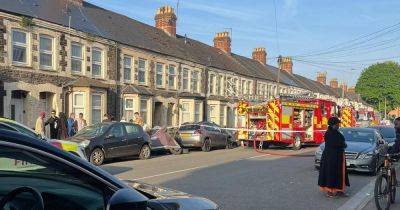There are sand dunes hidden not far from Manchester city centre - and that's just the beginning
Moor Lane is one place away fans visiting Salford City FC should never leave their car - unless they want a ticket on a match day.
But the entrance to the club's Peninsula Stadium was once the starting post for a racecourse as the soft, sandy soil, and vast open spaces of Kersal Moor, across the road, was ideal for horse racing.
Remnants of the course - in the shape of a big dirt path - can still be found on the 20 acres which make up the moor. So too can sand dunes, whose origin was forged from the melting of glaciers at the end of the last Ice Age leaving the subsoil being made up of sand and gravel.
Designated as a Local Nature Reserve in 2007 the land, bounded by Moor Lane, Heathlands Road, St Paul's churchyard, and Singleton Brook, has a thin topsoil which sustains gorse, heather, ferns, and mosses. From its elevated southern end, the hills of Derbyshire can be seen and the Pennines to the north. It is now a Site of Biological Importance.
Centuries ago it was a 'thicket of oaks and a pasture for hogs', according to 18th century historian John Whitaker. The pigs are long gone, but a bird population which flourishes there includes Robins, Blue Tits, Long Tailed Tits, Coal Tits, Blackbirds, Chaffinch, Greenfinch, Treecreepers, Goldcrest, and that most glorious urban falcon, the Kestrel. Volunteers and council rangers maintain the land.
The racecourse, Manchester's first, existed from 1687 to 1847. The final furlong was near Nevile Road. Local author, and resident, Alice Searle, who has written two books on the Moor, wrote: "Across the track from here were little betting booths, which were used for housing by the homeless, being recorded in the 1841 census.
"The betting, together with cock fighting, drinking and








